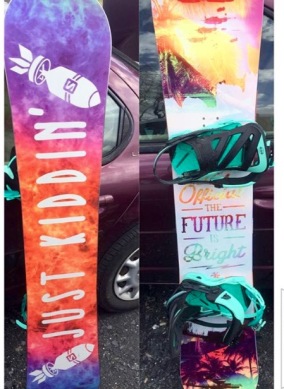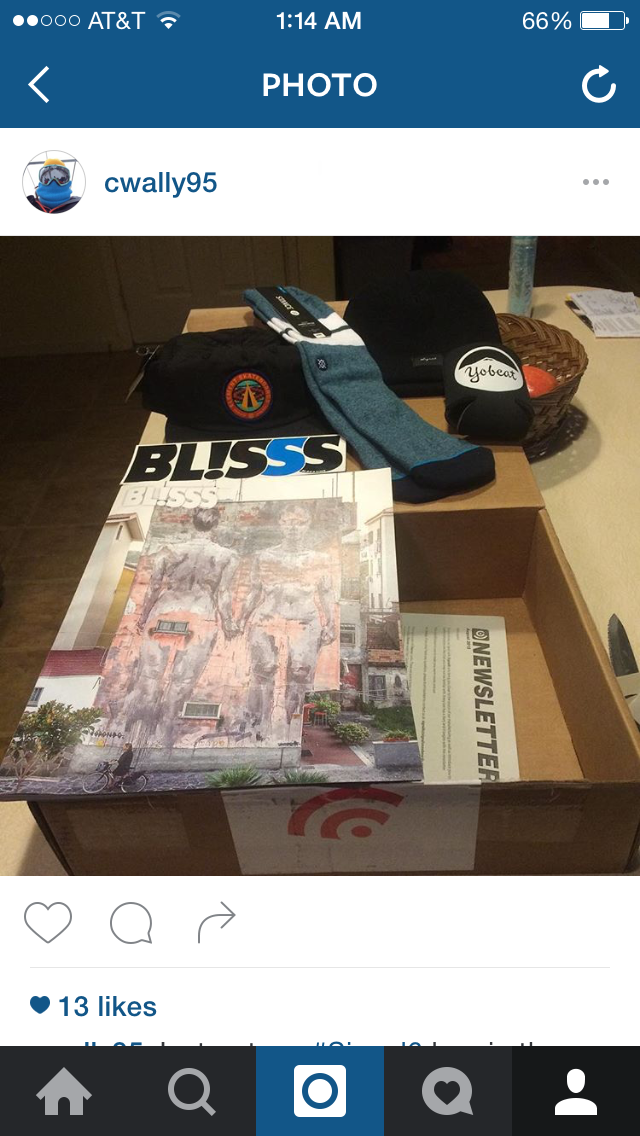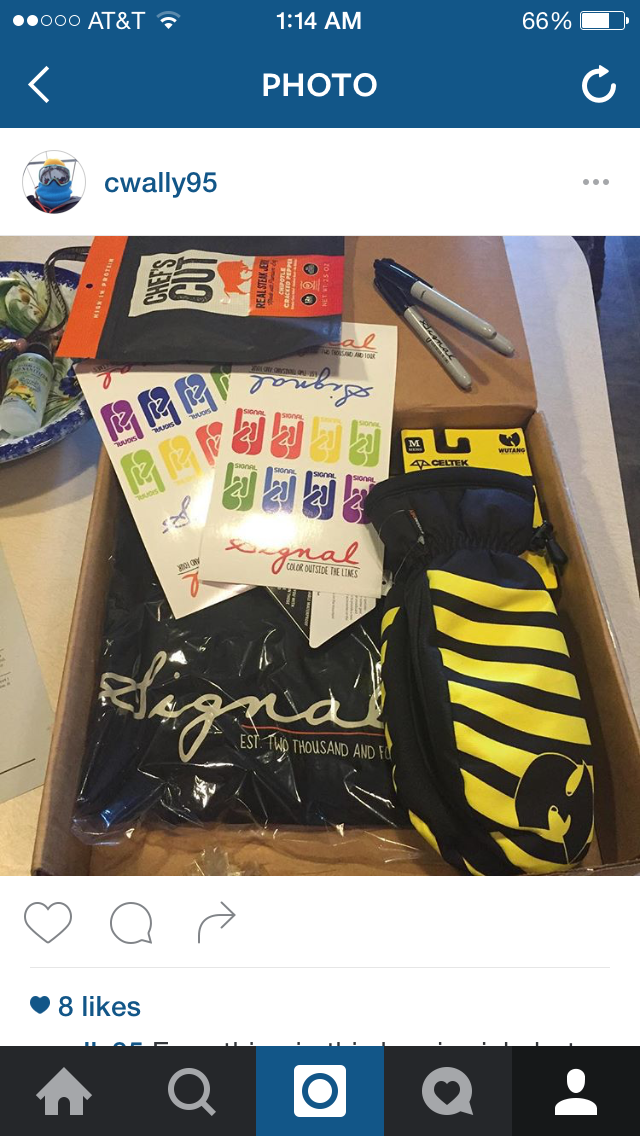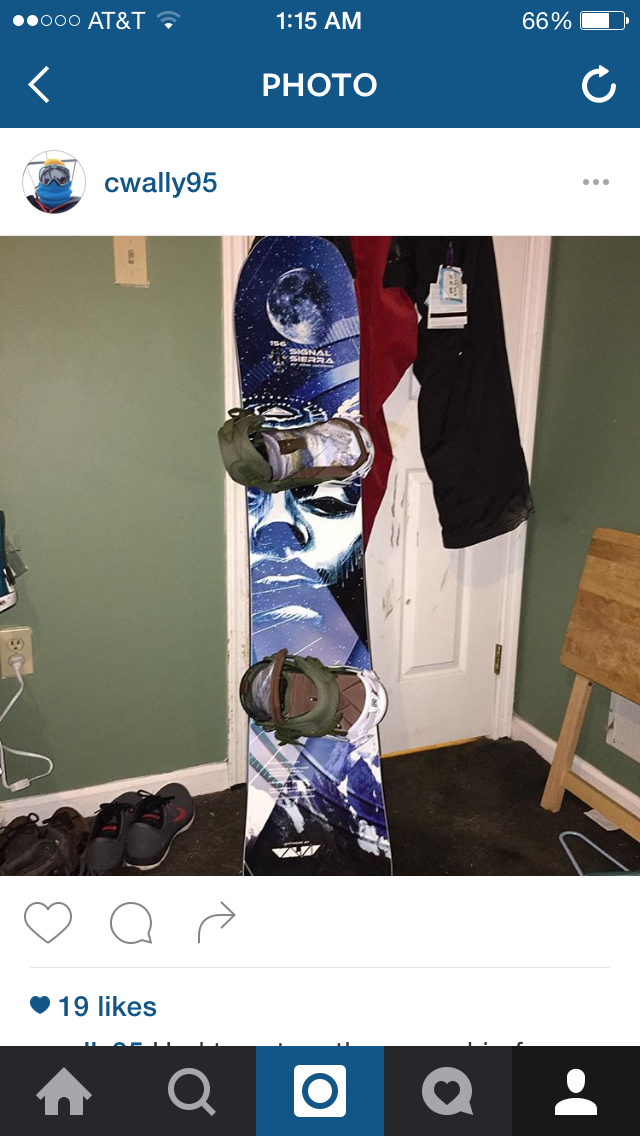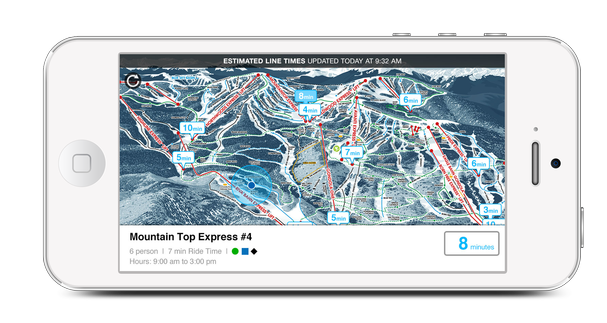For years, skiers and snowboarders had only one option when it came to a multi-resort pass. Yes there were passes like the Cali4nia pass, the Mountain Collective, the M.A.X. Pass, the Rocky Mountain Super Pass, but these were very region driven or meant for somebody who can take many ski vacations in one season, which is not a large number of people. Really, if you were a skier/snowboarder in most places that are not the East Coast, your best choice was the Epic Pass from Vail Resorts. Now, a new company, Alterra Mountain Company, has compiled a collection of major ski areas and released a pass that looks to rival the epic pass. Alterra Mountain Company owns eleven ski resorts in five U.S. States and three Canadian Provinces. They have also strategically partnered with fourteen other ski resorts across the country, including Jackson Hole, Deer Valley, and Aspen. The resorts Alterra Mountain Company owns/partnered with are:
- California: Squaw Valley Alpine Meadows, Mammoth Mountain, June Mountain, Big Bear Mountain Resort
- Colorado: Aspen Snowmass, Steamboat, Winter Park Resort, Copper Mountain Resort, Eldora Mountain Resort
- Maine: Sugarloaf, Sunday River
- Montana: Big Sky Resort
- New Hampshire: Loon Mountain
- Utah: Deer Valley Resort, Alta/Snowbird
- Vermont: Stratton, Killington Resort, Sugarbush Resort
- West Virginia: Snowshoe
- Wyoming: Jackson Hole Mountain Resort
- Alberta, Canada: Banff Sunshine, Lake Louise, Mt. Norquay (SkiBig3)
- Ontario, Canada: Blue Mountain
- Quebec, Canada: Tremblant
- British Columbia, Canada: Revelstoke Mountain Resort, CMH Heli-Skiing & Summer Adventures
The new pass, the “Ikon Pass”, will feature two different price levels, the full Ikon Pass ($899) and the Ikon Base Pass ($599), as well as both a college and military discount ($719 – Full, $419 – Base for both discounts). Both passes will also features different levels of access to this list of undeniably iconic resorts (no pun intended haha). The full Ikon Pass will allow you the following access:
- Unlimited: Steamboat, CO, Winter Park Resort, CO, Copper Mountain Resort, CO, Eldora Mountain Resort, CO, Squaw Valley/Alpine Meadows, CA, Mammoth Mountain, CA, June Mountain, CA, Big Bear Mountain Resort, CA, Stratton, VT, Snowshoe, WV, Tremblant, QC, Blue Mountain, ON
- Seven (7) Days at Each: Jackson Hole Mountain Resort, WY, Big Sky Resort, MT, Killington Resort, VT, Sugarbush Resort, VT, Revelstoke Mountain Resort, BC, Deer Valley Resort, UT
- Seven (7) Days Combined: Aspen, CO, Alta/Snowbird, UT, Loon Mountain, NH, Sugarloaf, ME, Sunday River, ME, SkiBig3: Banff Sunshine, Lake Louise, Mt. Norquay, AB
The Ikon Base Pass is much more regionally based, has blackout dates, and drops the seven days to five days, but is still a great deal if you call one of the unlimited access ski areas your home mountain:
- Unlimited: Winter Park Resort, CO, Copper Mountain Resort, CO, Eldora Mountain Resort, CO, Squaw Valley/Alpine Meadows, CA, June Mountain, CA, Big Bear Mountain Resort, CA, Snowshoe, WV, Tremblant, QC, Blue Mountain, ON
- Five (5) Days at Each: Jackson Hole Mountain Resort, WY, Big Sky Resort, MT, Killington Resort, VT, Sugarbush Resort, VT, Stratton, VT, Revelstoke Mountain Resort, BC, Deer Valley Resort, UT, Steamboat, CO, Mammoth, CA
- Five (5) Days Combined: Aspen, CO, Alta/Snowbird, UT, Loon Mountain, NH, Sugarloaf, ME, Sunday River, ME, SkiBig3: Banff Sunshine, Lake Louise, Mt. Norquay, AB
So, looking at these lists, the Ikon Pass could be somewhat of a gamechanger. The major differences in the two levels of passes, in my opinion, are that Mammoth, Steamboat, and Stratton are not unlimited in the Ikon Base Pass. For most people in these areas that buy season passes, this shouldn’t be much of a problem because the full Ikon Pass is a similar price to the Epic Pass and cheaper than most of these mountains single passes from previous years (i.e. Mammoth – $950, Steamboat – $1500, Squaw/Alpine – $1150). If you live in these towns, you’re obviously riding at these mountains, because they are so isolated (not Squaw, but if you already rode Squaw when it was $1150, you’re definitely still riding Squaw when it’s now $900) and now you get a cheaper pass and multiple other mountain privileges.
Considering the ski areas on these lists, one region has now been practically completely wiped off of the Vail Resorts map: Southern California. Because Alterra owns Squaw/Alpine, Mammoth/June, and Big Bear, people living in Southern California really have no choice but to buy the Ikon Pass. The two main mountains for Southern Californians are Big Bear and Mammoth Mountain. And on the off chance that anybody from SoCal wants to drive past Mammoth and all the way to Lake Tahoe, they can use their Ikon Pass at Squaw/Alpine. Some key areas where it will be interesting to see what happens with season pass sales are the Bay Area in California, the Denver Area in Colorado, and the New England Area in the Northeast. The Bay Area is usually split between people who go to Tahoe and people who go to Mammoth, but if word gets out that you can go ride in both locations on the same pass, it could possiby hurt Vail’s Epic Pass sales in the Bay. People in Denver will obviously have a big decision to make, and that may just come down to whether or not you take ski vacations and where you like to ski/ride. If you have been riding Vail mountains for years now, you may very likely continue to ride those mountains, but the Ikon Pass introduces an option for those who are sick of Vail Resorts or prefer the atmosphere at one of Alterra’s Colorado mountains. Finally, the New England Area, to me, is still somewhat up for grabs. If you’re a Stratton Mountain skier, then you will probably be thrilled, but the rest of the resorts in the East are only “partner resorts”. This means, if you ride a lot, and you live in, say, Rutland, VT or Bethel, ME, you’re not going to buy an Ikon Pass because you only get 5-7 days at Killington and 5 or 7 COMBINED days at Sunday River (outside of Bethel), Sugarloaf, and Loon. Alterra could see some pass sales in the Mid-Atlantic and in New York, however, but only to people who like to take ski trips to VT/ME/NH or to Canada for Tremblant. And if you rode Stowe before Vail bought the mountain, when they were charging Adults $2000 for a season pass, you’re not even paying attention to the Ikon Pass, because you can now buy two season passes to Stowe with money left over and many other resorts at your disposal (granted they’re in other states), thanks to Vail Resorts.
Hopefully this little summary/op-ed has been helpful for everyone reading this. I just wanted to tell you what has been happening and to give my thoughts on what has happened to maybe help some people understand the current climate (again, no pun intended) of the ski industry. And maybe this will help a skier or two decide which pass they want to get for next season. The Ikon Pass goes on sale in March 2018.
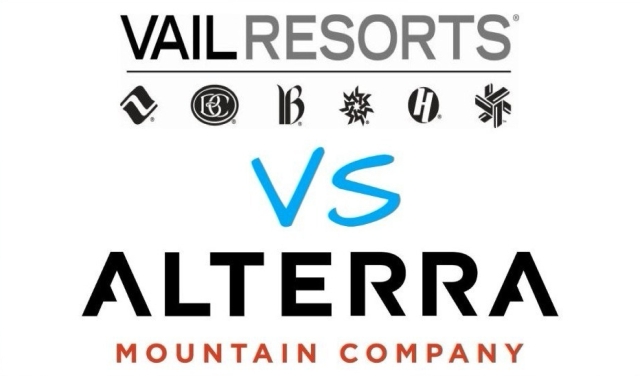



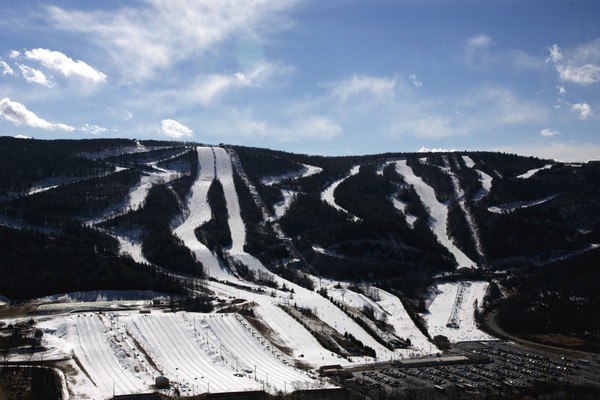
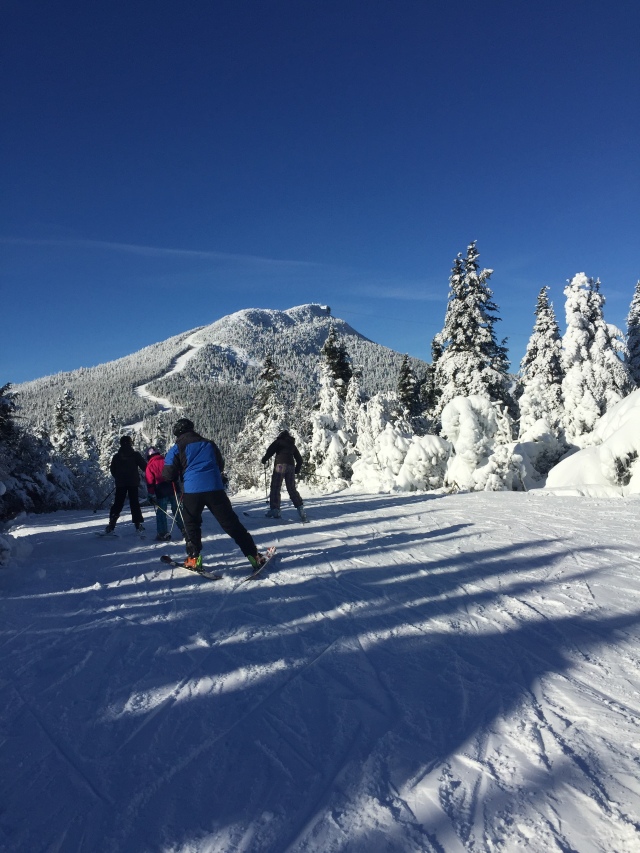
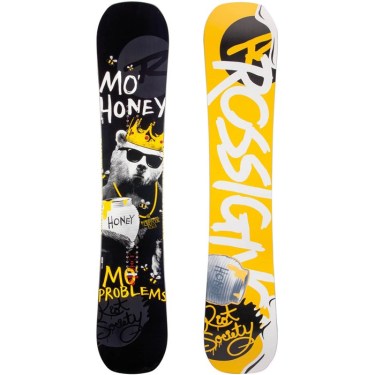 What the Company Says – The RETOX is a true-twin powerhouse is built for pure park pandemonium. The stiffer, ultra-blunt tip and tail provide monstrous pop and smooth swing weight, while AmpTek Freestyle enhances stability at high speed to set-your-spin and stomp the biggest hits in the park, so you never come up short.
What the Company Says – The RETOX is a true-twin powerhouse is built for pure park pandemonium. The stiffer, ultra-blunt tip and tail provide monstrous pop and smooth swing weight, while AmpTek Freestyle enhances stability at high speed to set-your-spin and stomp the biggest hits in the park, so you never come up short.